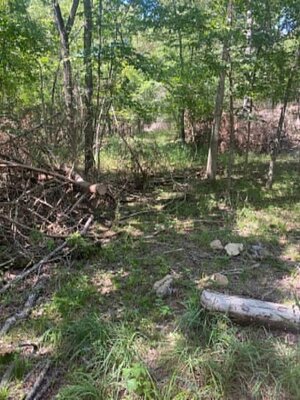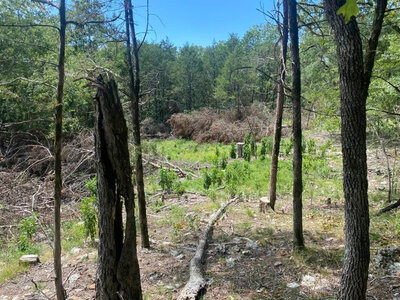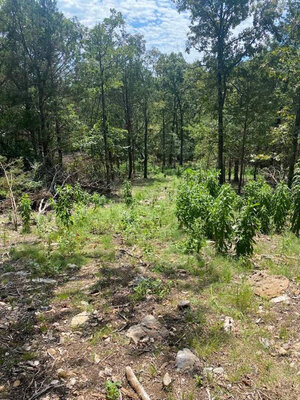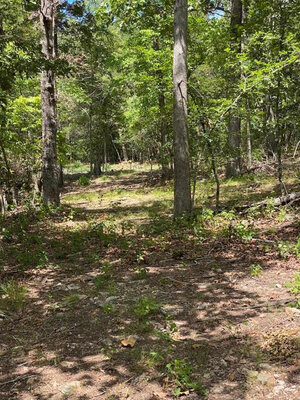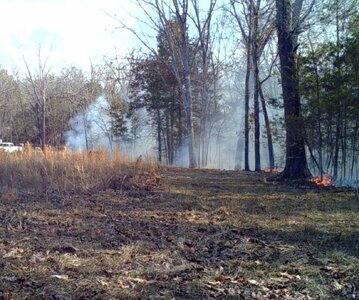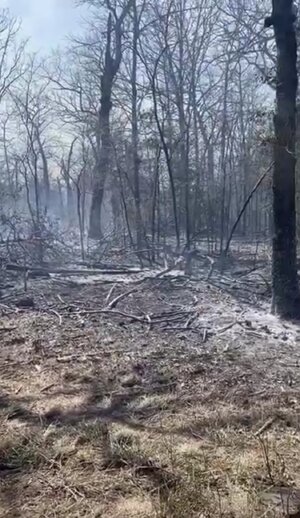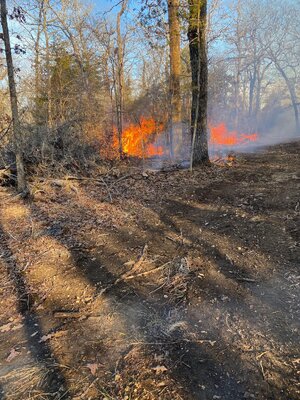TX-Aggie
Active Member
My father and I are having cedars cleared from a 50 acre section of our farm. If you have seen some of Dr Wood's videos showing the side slopes he is burning, we are in the same area and have the same type of terrain as he is.
Due to thisside slope terrain, and the crew doing the work starting now through the fall, my father and I are a little concerned about erosion during any winter and spring storms. Does anyone have a idea of what seed we can spread over the fall as they advance through the parcel to get roots in the ground until the existing seed bank starts going?
Thankfully, this section of the farm was never heavily grazed due to the slopes, so it never got over seeded with fescue and sericea. From my dad's recollection, it was a oak savannah with areas of short leaf pine, and maples interspersed. The cedars moved in during the 60s when my grandfather stopped burning. Our plan after the cedars are removed is to let the area rest for 2 years, then light it up.
Due to thisside slope terrain, and the crew doing the work starting now through the fall, my father and I are a little concerned about erosion during any winter and spring storms. Does anyone have a idea of what seed we can spread over the fall as they advance through the parcel to get roots in the ground until the existing seed bank starts going?
Thankfully, this section of the farm was never heavily grazed due to the slopes, so it never got over seeded with fescue and sericea. From my dad's recollection, it was a oak savannah with areas of short leaf pine, and maples interspersed. The cedars moved in during the 60s when my grandfather stopped burning. Our plan after the cedars are removed is to let the area rest for 2 years, then light it up.







